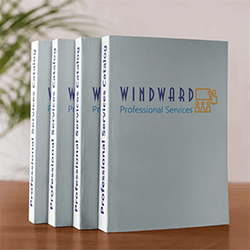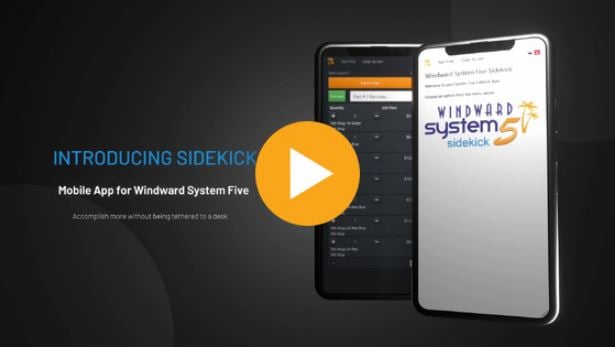⚠️ Windward Software has decided to end support for the Windward Payroll Module effective December 31, 2024. We sincerely regret any inconvenience that this decision might cause for your business. This decision was a difficult one. It is part of ongoing efforts to streamline the Windward Software product line and service offerings. Click here for more information.
Payroll items (Income, Deductions, Accumulators, and Taxes) will accumulate balances with a Year to date value. These values are important for some payroll items as they are critical numbers for income tax returns. Year to day amounts also will trigger maximums reached for certain items. In a calendar year, the amount contributed for CPP (Canada Pension Plan) and EI (Employment Insurance) have a maximum limit. The limit is for the year and if an employee has contributed the maximum, no additional contributions are required for the remainder of the year.
If Windward Payroll is launched at any time other than the first pay period of the calendar year, you will need to enter the accumulated contributions for each employee so that Windward Payroll knows when the contributions need to stop, as well as reporting accurate end of the year totals.
- Warning: If opening balances are not entered and contributions have been made for employees, Windward Payroll will continue deducting contributions with no consideration of outside contributions.
Before anything else, gather the most current information on employee's year to date amounts for all payroll items. This includes Income, deductions, accumulators and taxes.
How to Enter Carry Forward Amounts
From the reports window, click on the [Carry Forward Entry] button. This will then open the Carry Forward Entry window shown in Figure 1. In the grid, all the employees were listed along with all the payroll items. Enter the YTD amounts that has been previously gathered. For a better display, you can use the check boxes for incomes, deductions, accumulators, and taxes. If entering all tax items for an employee, you can check the box assigned for taxes only. This way, only the tax payroll items will get to display in the grid along with the list of employees. Once done, you can proceed with the other payroll items.
Note: For payroll items having both employee and employer contributions, values in blue are employee amounts while values in purple are company amounts. This is common with taxes and deductions wherein a payroll item have 2 columns showing in blue and purple.

Figure 1: Employee Carry Forward Window
Make sure the Process Date (refer to Figure 2) is within the calendar year. Normally a date prior your first pay run using Windward Payroll. Once done, click the [Save] button at the tool bar..

Figure 2: Process Field of the Carry Forward Window
Verify that the amounts entered are reflected against the employee by navigating to the Payroll Item Summary page of the employee shown in Figure 3. By having the Start Date and End Date range set to the day the carry forward entry was being entered, the period amounts should match the carry forward entries entered in Step 1. The year-to-date value may be more especially if you already have a processed pay run within Windward Payroll belonging to the same tax calendar year. The YTD value is derived from the carry forward entry plus the values from the processed pay runs within the calendar year.

Figure 3: Payroll Item Summary Window of the Employee




